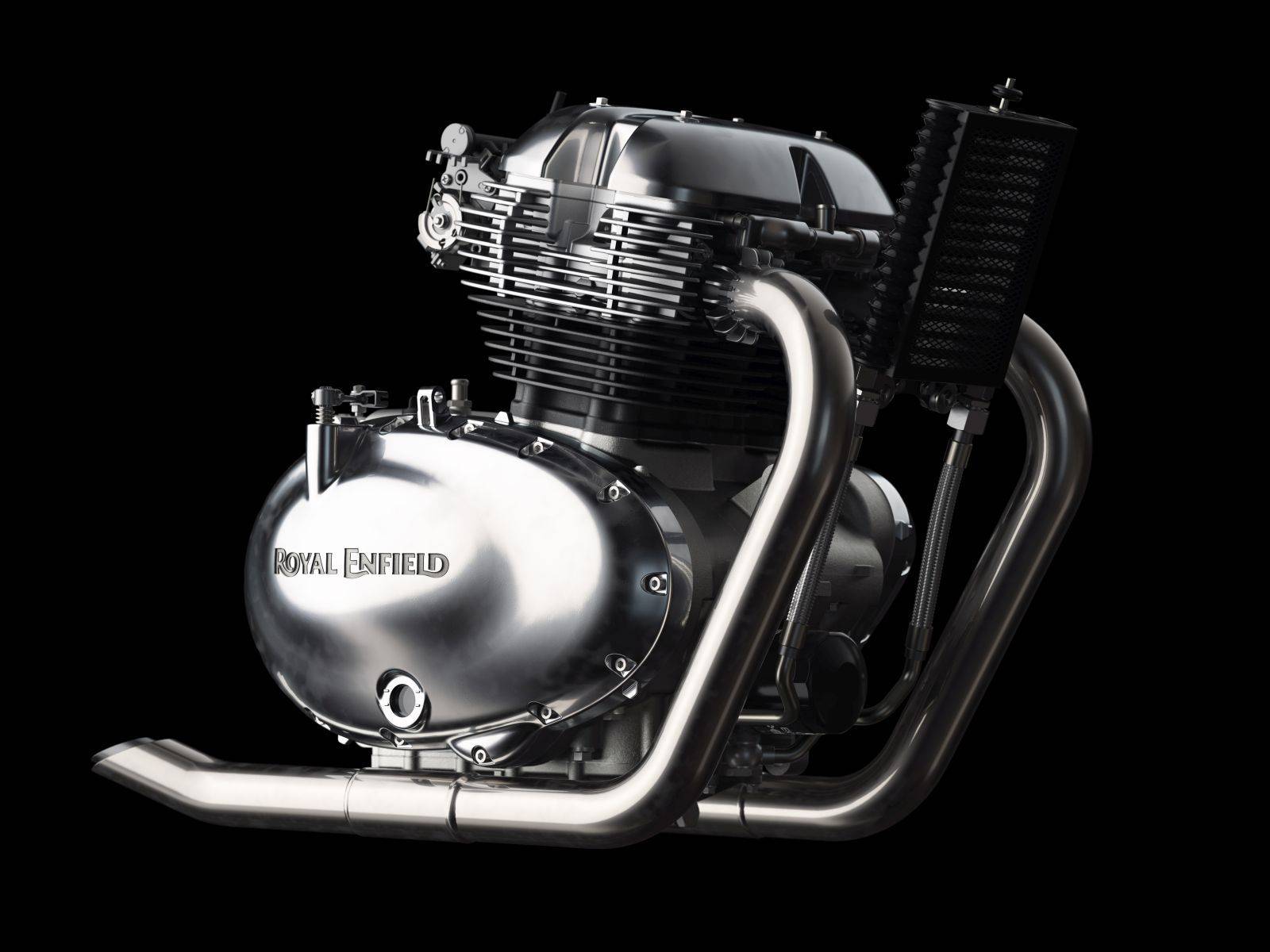Air-cooled vs Liquid-cooled Engines: Difference Explained
Modified On Apr 15, 2019 05:18 PM By Gaurav Sadanand
- 7009 Views
Ever wondered why different engines require different types of cooling systems? Allow us to explain

An internal combustion two-wheeler engine converts chemical energy into mechanical energy by burning fuel (and air), which in turn sends power to the rear wheel. However, during this process, the engine tends to generate a ton of heat, which needs to be cooled in order for the motor to perform smoothly. For this, different engines use different types of cooling systems to cool themselves. The two most common types are air-cooled and liquid-cooled. Here’s a closer look at how they function and keep your bike's engine running at ideal temperatures.
Additionally, if you’d like to know a bit more about the workings of the engine and its supplementary components, have a look at the links mentioned below.
- Carburettor vs Fuel Injection: What’s The Difference?
- SOHC vs DOHC Engines: Differences Explained
- Four Valves Vs Two Valves: Differences Explained
Air-cooled Engine

Air-cooled engines are most commonly used on commuters or budget-friendly motorcycles, or in some instances big V-twin motorcycles like the Harley-Davidsons. These engines are designed with fins on the outside which increase the surface area of the motor, thus improving airflow around it. In essence, these fins create channels around the engine and use passing air as a natural coolant which helps dissipate heat generated from the cylinder. The simplicity of the concept means it's easier to manufacture and maintain, and less likely to malfunction. That said, air-cooling is most effective on small-capacity motorcycles which produce less heat than high-performance bikes.
Liquid-cooled Engine

Performance motorcycles which rev higher or use higher compression ratios to extract more power are likely to run a lot hotter than low-displacement motorcycles. Hence, these engines require a dedicated liquid-cooling system that keeps the engine from overheating. The concept is quite similar to cars and uses coolant that’s circulated through narrow passageways around the motor absorbing excess heat. The hot coolant is then circulated through the radiator which along with an external fan and passing air cools down the solution. The cooled liquid is then circulated back around the engine, which brings the temperature down to ideal running levels. Amongst Indian-made bikes, you can find liquid-cooled engines on the Yamaha R15 v3.0, the KTM Duke and RC series, the Bajaj Dominar 400, the Honda CBR250R and some others as well.
What about oil-cooling?

Many times, you see manufacturers branding their motorcycles as “oil-cooled”. Case in point being the Bajaj Pulsar 220F or the Apache RTR 160 4V. But this is a bit of a misnomer. Every working engine requires oil to function. The circulating oil reduces friction between various moving parts inside the engine (primarily the piston and the cylinder walls). This reduction in friction does reduce overall engine temperatures. But as the oil starts to heat, it starts losing its viscosity (density or thickness). Thinner oil can’t lubricate the engine parts as well, leading to an increase in friction, which in turn increases engine temperature. To solve this issue and ensure the oil maintains optimal operating temperature, it is pumped through a radiator-like cooler which uses air flowing through it to cool down the engine oil. The cooled oil is then sent back to the engine and the process repeats itself to maintain its operating temperature and viscosity. While a mid-to-high-power air-cooled engine does benefit from oil cooling, since the oil is not directly used to cool engine parts directly, it doesn’t really qualify as a cooling system per se - even if manufacturers like to say otherwise.
